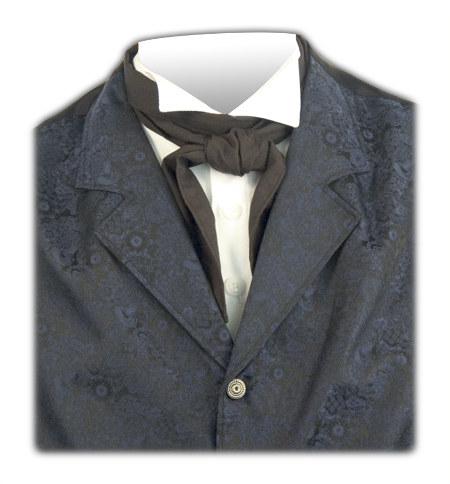Inspired by the relatively new addition to the Periscope section of Newsweek entitled A Life in Books, I propose this Meme based on questions from the magazine's own survey. (The last question, however, is mine!)
- What are your 5 most important books? (When I first read this, it screamed nonfiction, but I think any book that has moved you to act or think in different ways is what they mean. It's certainly how I interpreted it.)
- What is an important book you admit you haven't read? (Alright, 'fess up, we've all got these literary skeletons in our closets!)
- What classic (or childhood favorite) was a little disappointing on rereading?
- What book do you (or did you) care most about sharing with your kids?
- Name an acclaimed book, either classic or contemporary, that you just don't like.
Drum roll please . . . Here are my answers.
My five most important books:
My five most important books:
- Ann Frank: The Diary of a Young Girl by Ann Frank - The one book I read in high school that forever changed my view of the world.
- Nickel and Dimed: On (Not) Getting By in America by Barbara Ehrenreich - You will never look at the working class poor in the same way once you read this book. It gives new meaning to the fight for both a living wage and health care for all.
- Savage Inequalities by Jonathan Kozol - This book was handed to me by the principal of an urban elementary school while I worked in a private school in the same city (teaching her son, no less). It immediately changed my view of public education.
- The Origin of the Species by Charles Darwin - What can I say, I'm a science geek at heart.
- Gilead by Marilynne Robinson - A wonderful book about parental love, laid bare in all its glory.
An important book I have not read: War and Peace by Leo Tolstoy (Forgive me Kelly!)
A childhood favorite that was disappointing on rereading: All those Bobbsey Twins books I read and loved as a kid.
The book I care most about sharing with my son: The Mouse and His Child by Russell Hoban. It's quite simply, a moving and thought-provoking story that encourages us to think about the power of redemption and transformation.
A classic that I don't care for: Alice's Adventures in Wonderland, by Lewis Carroll. Sorry, but I just find Alice so darned whiny and annoying!
I'm tagging the following five folks because they always have such wonderful, thoughtful things to say and because I can't wait to read their lists.
A childhood favorite that was disappointing on rereading: All those Bobbsey Twins books I read and loved as a kid.
The book I care most about sharing with my son: The Mouse and His Child by Russell Hoban. It's quite simply, a moving and thought-provoking story that encourages us to think about the power of redemption and transformation.
A classic that I don't care for: Alice's Adventures in Wonderland, by Lewis Carroll. Sorry, but I just find Alice so darned whiny and annoying!
I'm tagging the following five folks because they always have such wonderful, thoughtful things to say and because I can't wait to read their lists.
- Elaine at Blue Rose Girls
- Franki and Mary Lee at A Year of Reading
- Kelly at Big A little a (if she ever gets her power back!)
- Monica at educating alice






